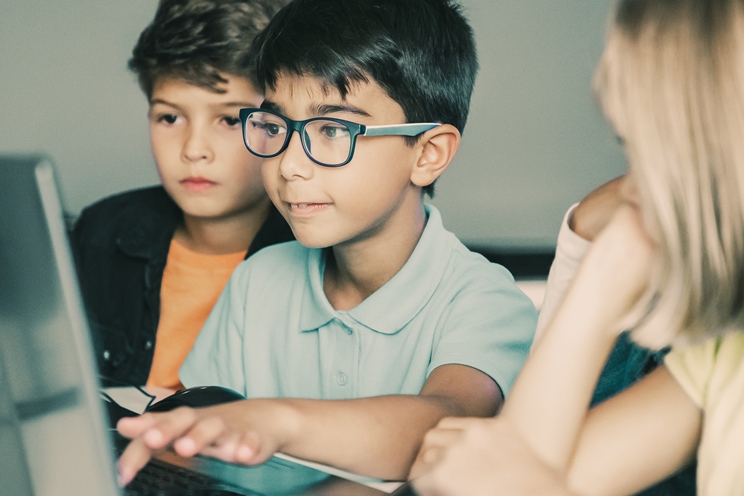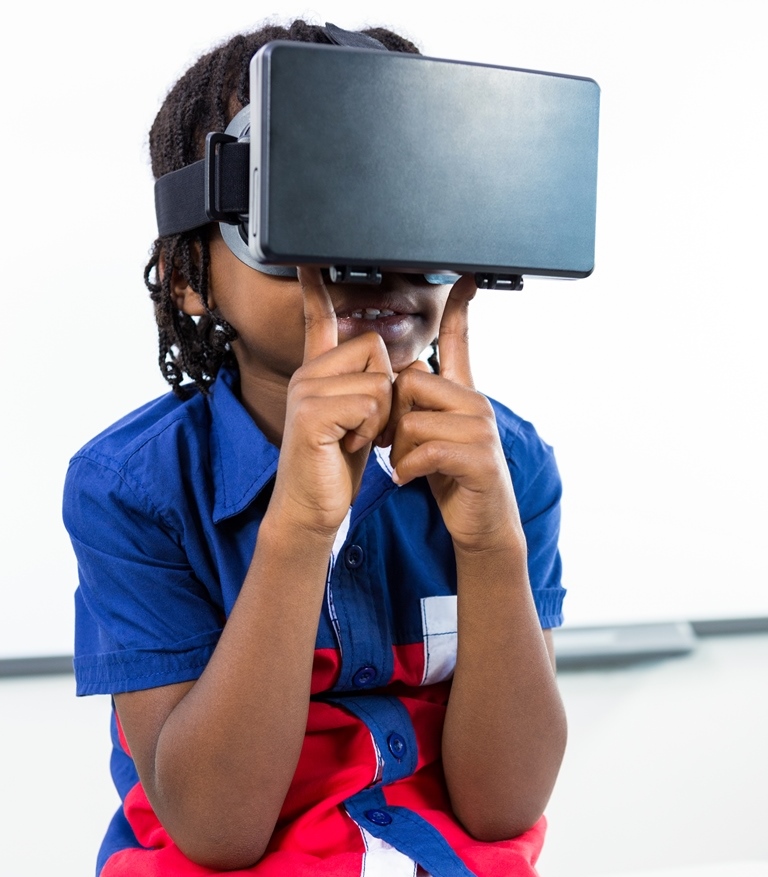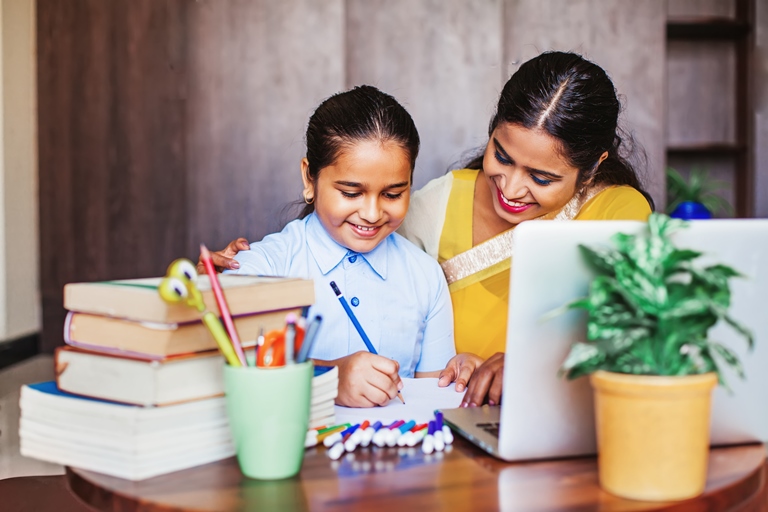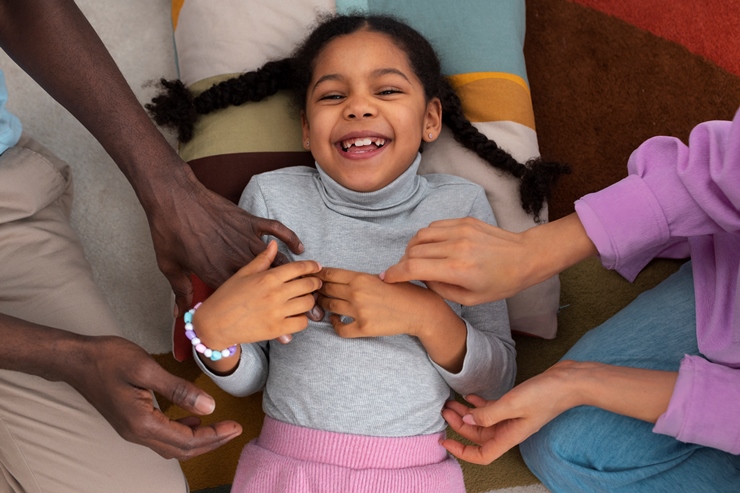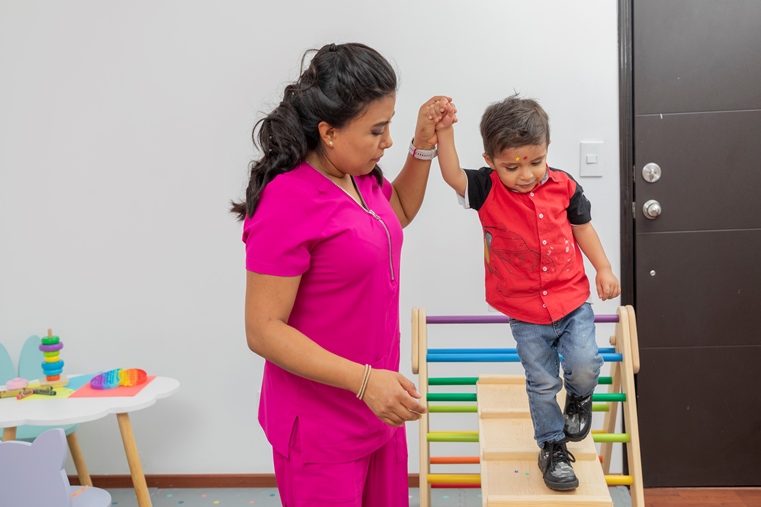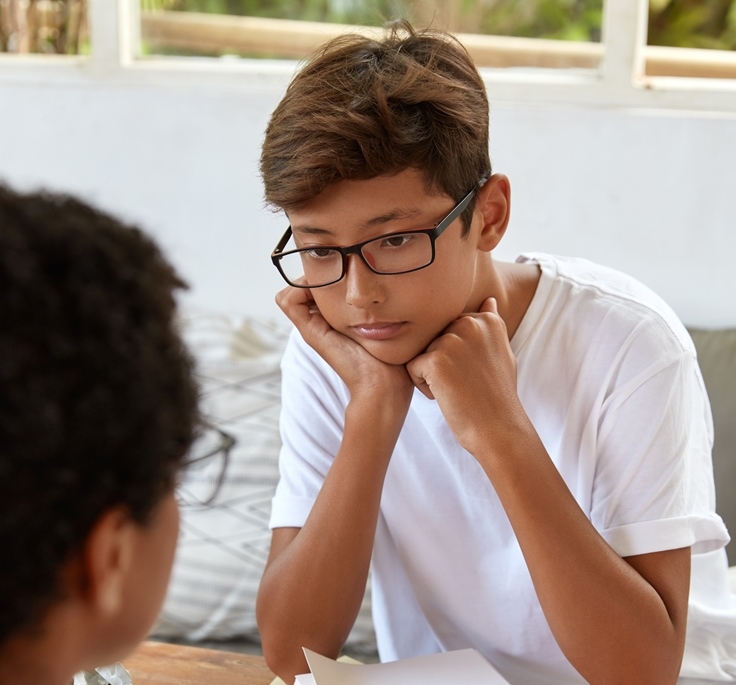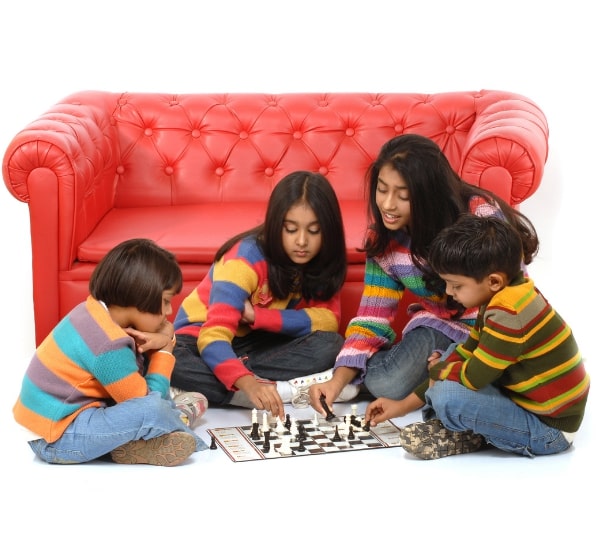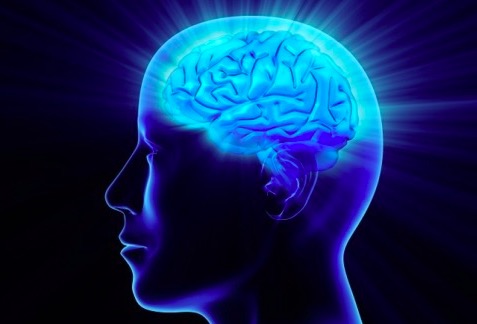Attention Skills Training refers to a set of techniques and exercises designed to improve an individual’s ability to focus, concentrate, and direct their attention effectively. It is often used in various contexts, including education, therapy, and cognitive training programs. The primary goal of Attention Skills Training is to enhance attentional control and reduce distractions, which can positively impact performance and productivity in various areas of life. This training can be beneficial for individuals with attention difficulties, such as attention deficit hyperactivity disorder (ADHD) or those seeking to improve their overall attentional abilities.
Here are some key components and techniques commonly used in Attention Skills Training:
- Mindfulness Meditation
- Cognitive Exercises
- External Cues and Prompts
- Environmental Modifications
- Time Management Strategies
- Self-Monitoring and Feedback
- Behavioural Interventions
Attention Skills Training is typically tailored to the specific needs and goals of the individual undergoing the training. It is often conducted in a structured manner, either in individual or group sessions, with the guidance of a trained professional, such as a psychologist, therapist, or educational specialist. Additionally, advancements in technology have led to the development of digital platforms and applications that provide interactive attention training programs.

